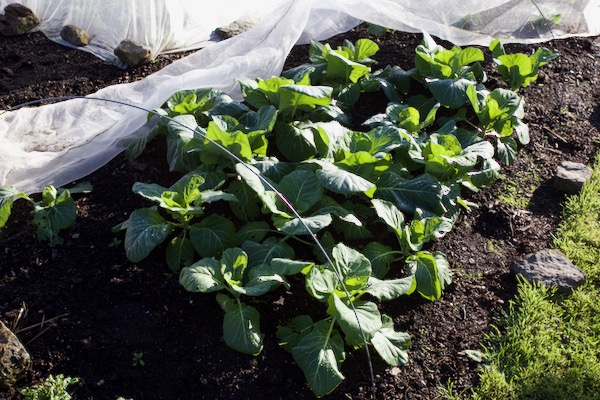Prep for Autumn, late August
Heading

Sow and transplant
When busy harvesting and enjoying all the food, it's easy to forget the particular times in late summer and early autumn for sowing seeds. They are for harvesting mostly after the current gluts have finished.
Such as salad rocket, spinach, kale, Claytonia and endive, among others. I raise them in my own design of module trays, and then transplant them small at two weeks old often.
Also at month's end, sow salad onions and spring cabbage, for harvests early next year.
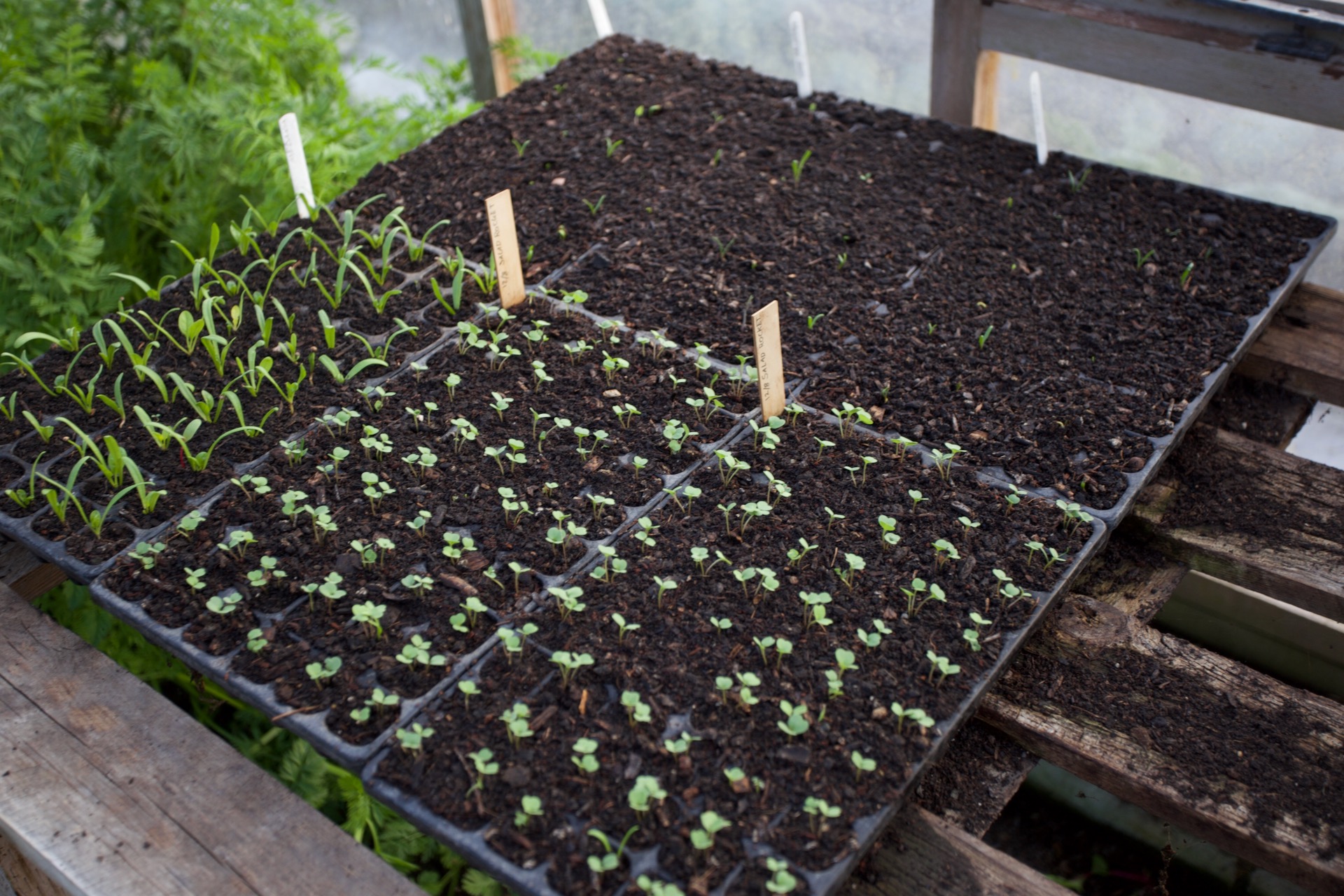
We give the new plants a good watering. That may continue for a while, and I am happy to give water from the tap because it has passed through the magnetic field of the devices I have there. They structure and also soften the water. NODIG at checkout gives 10% off.
I have a feeling the weather will change by 27th August in the UK, when the summer weather pattern shifts to autumn. Often this happens in the last week of August.

Sometimes a mesh cover is really good for Brassica seedlings in particular, to reduce flea beetle and caterpillar damage. Flea beetles have been horribly prolific this summer. I even lost a planting of purple sprouting broccoli, for the first ever time.
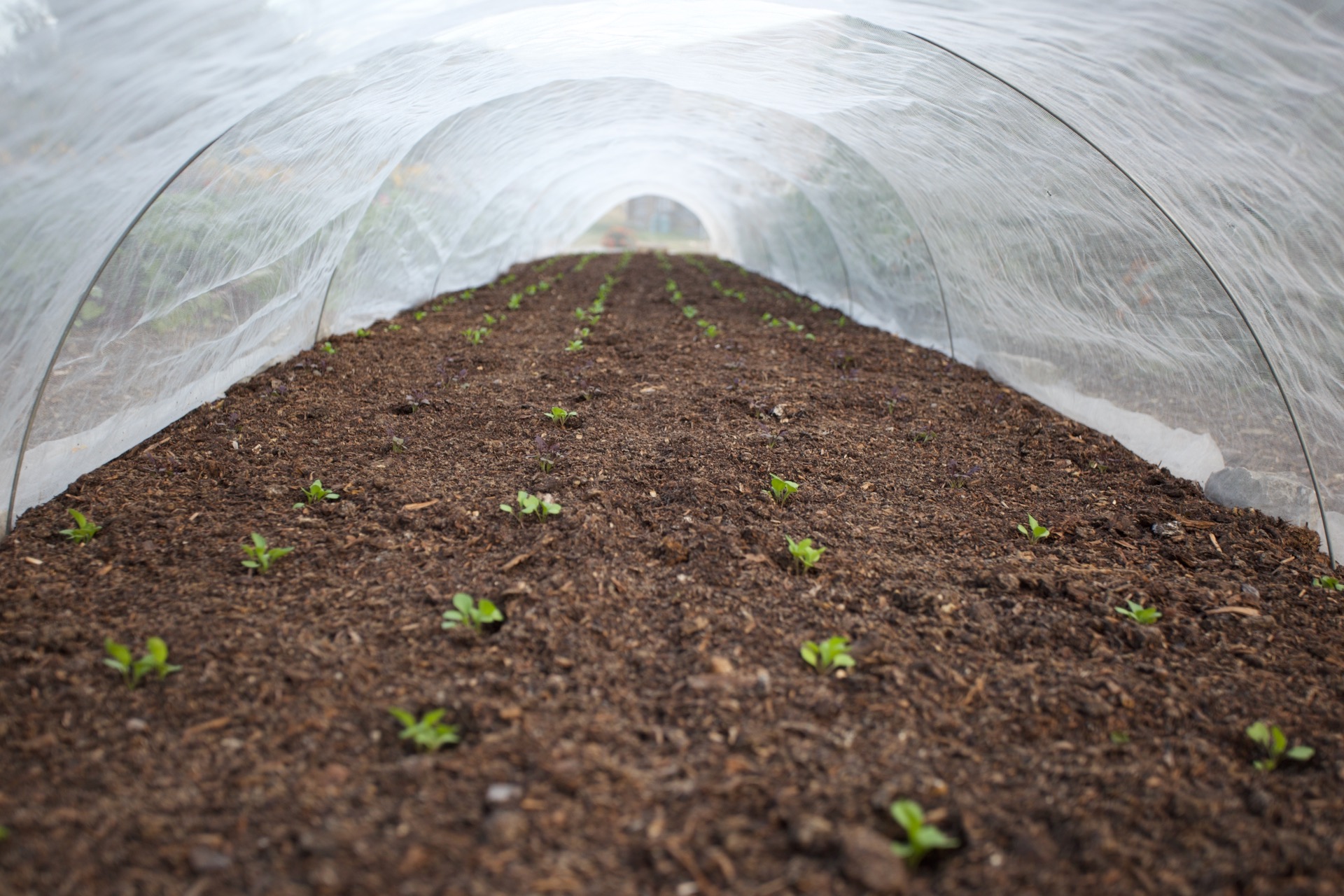
See my Calendar of Sowing Dates for more seasonal sowing ideas. It's written for zones 5b to 9, with some variations in sowing dates according to your local weather conditions.
Space for plantings
My mid-August garden tour video shows a lot of new plantings. Or see for yourself at my 6th September Open Day, or at the lunch on 23rd August.
When short of space, a lovely solution is to plant between existing crops, as in the photo below. I've used this combination for several years and it always works. Even though when transplanting the month old, but very small Florence fennel, they look lost and unable to grow being surrounded by cucumber stems and leaves.
In one month's time, the cucumbers will finish, and I cut the plants main ste, than can lift them up and to compost, allowing fennel bulbs to grow for autumn harvest.
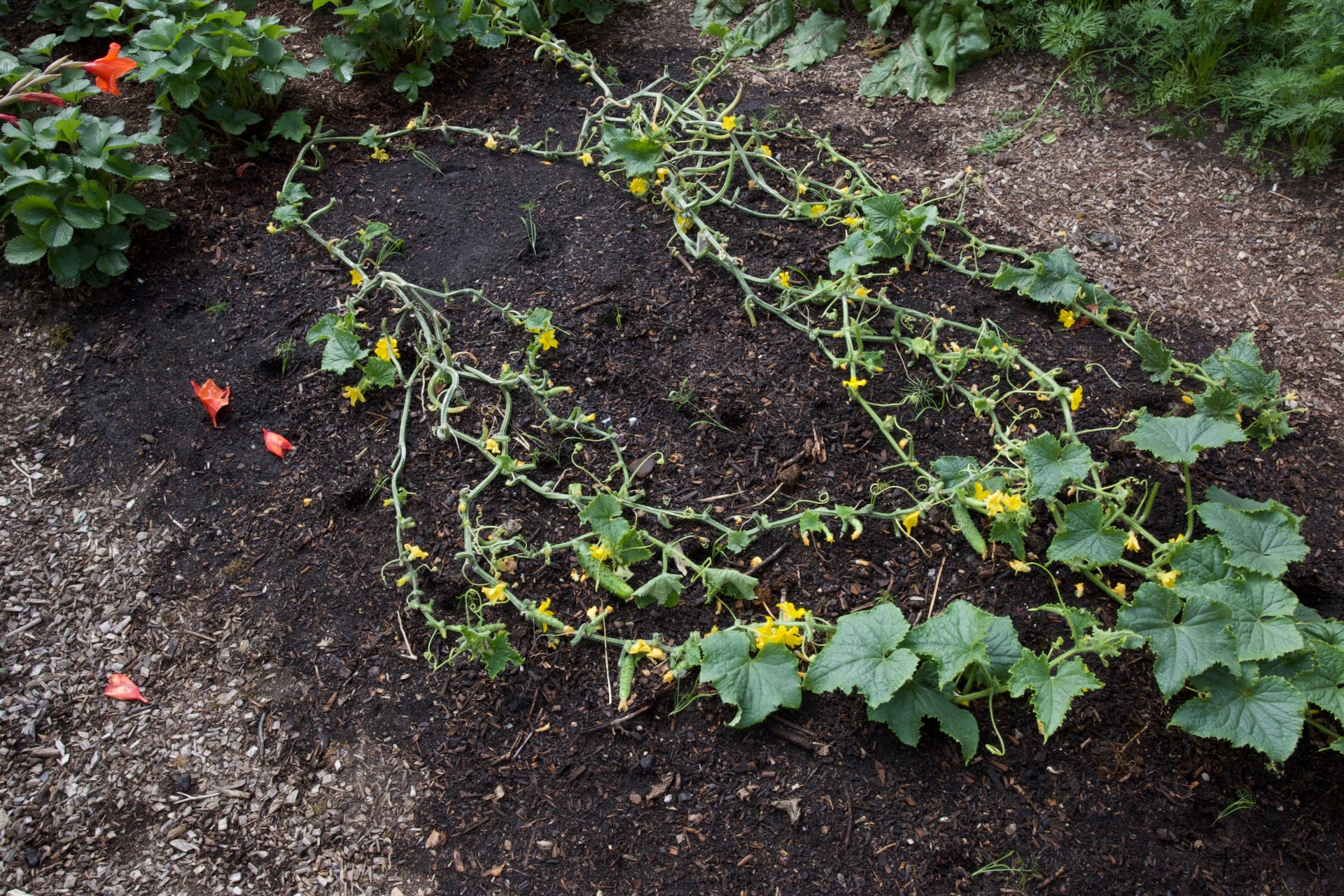
New book, more combos
Growing plants together is my new book, which I'm writing currently. It has 50 plant combinations, and will appear next spring.
Another companion planting I've enjoyed this year is leeks between celeriac, transplanted 29th April each at the same time. The photo shows how they look, 3.5 months later.
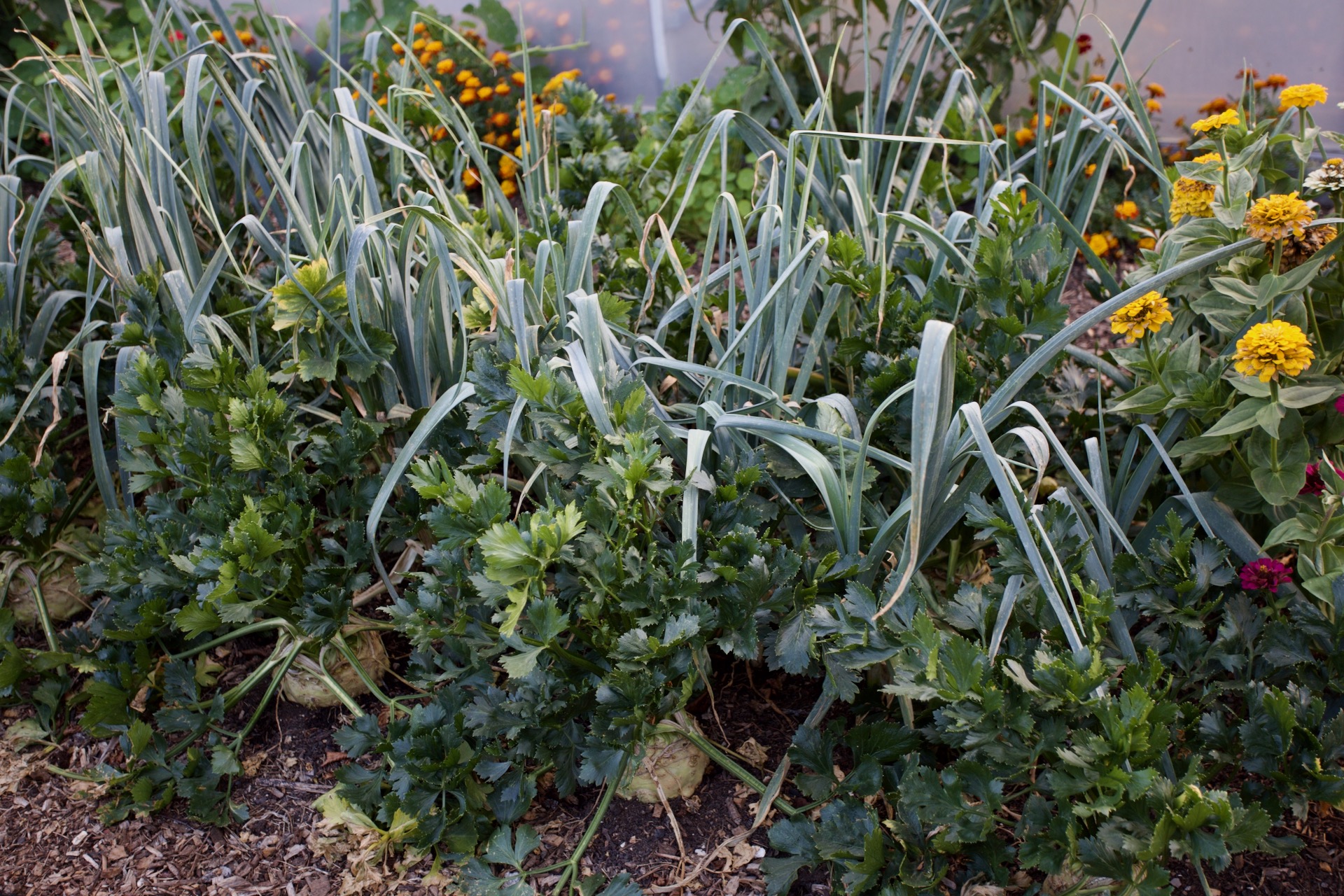
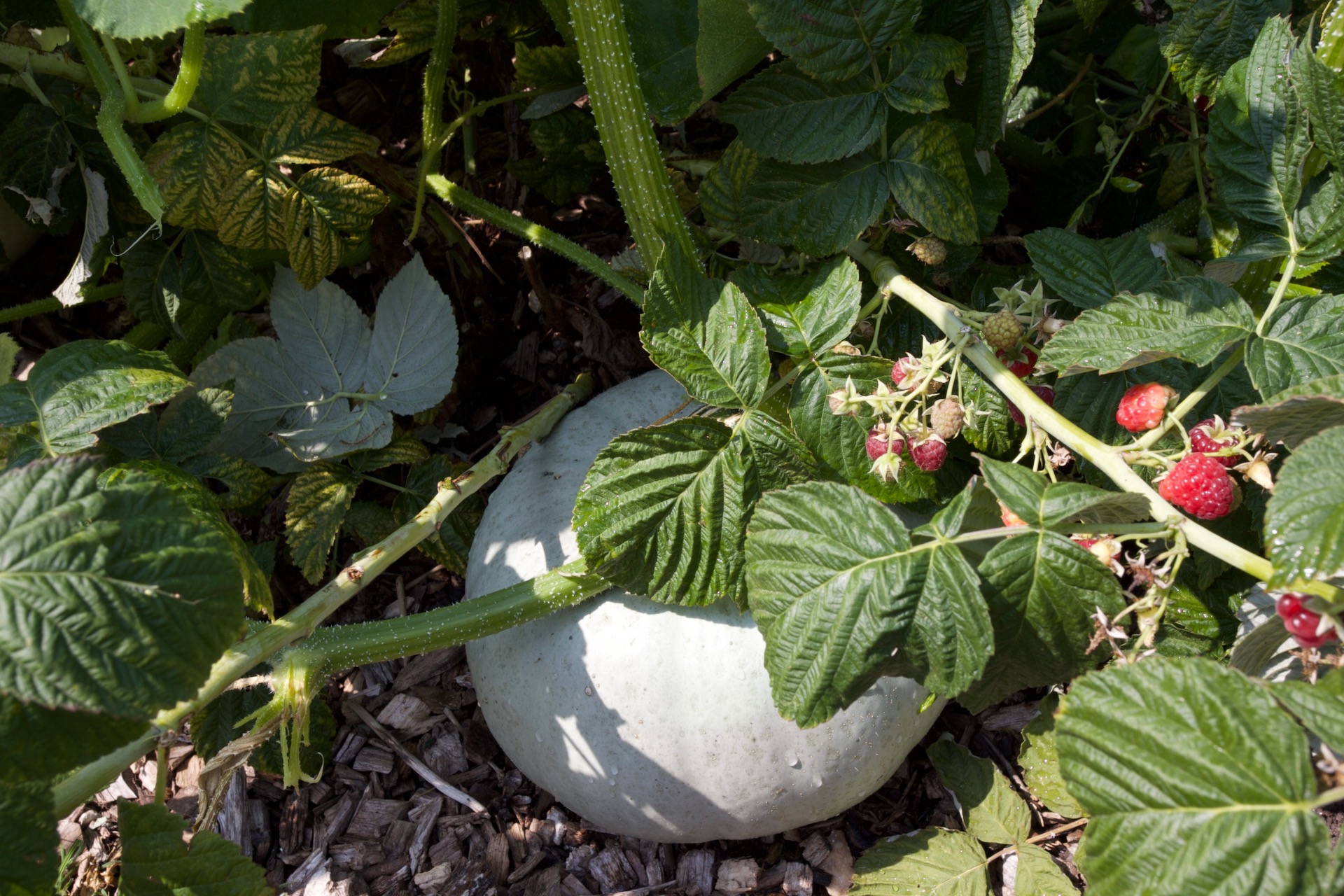
Go vertical
Here is another option to save ground space.
A couple from Yorkshire recently delivered their version of upward growing. Old whiskey barrels, with 5 cm/2 inch holes drilled in the sides, as well as in the bottom. The bottom holes are to allow microbes and soil fauna to move up into the barrel and create a no dig soil system. I plan to maintain health with new compost on top whenever needed, as the contents sink.
We filled them with 70% Compost and 30% soil, all from here, and then planted them up, and it took 2.5 hours.
If doing it again I would use up to 50% soil, to reduce shrinkage. We shall see how it works.
See more at Gardenscapes Uprooted from Yorkshire.
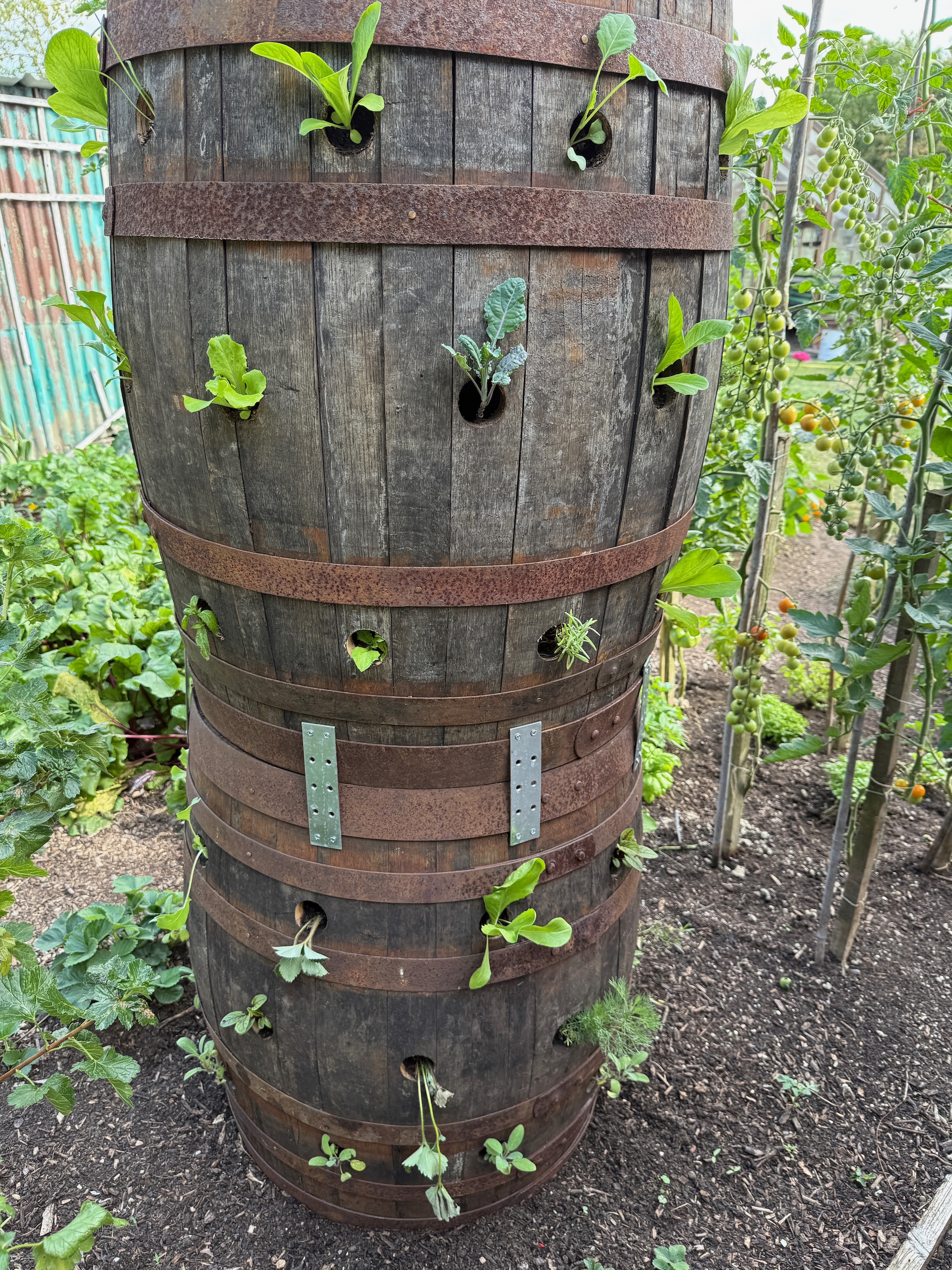
Compost making
It is the season!
There is so much new growth you can add, and that includes every single weed from your garden, unless you're unlucky enough to have Japanese knotweed.
It's safe also to add diseased leaves and plants, such as mildew on cucurbits and late blight on tomatoes and potatoes. The extra volume from adding these is likely to give you decent warmth which speeds the whole process. The other reason it's good to have heat is that weed seeds die above 50°C.
See my compost book. It's in German too and this is a recent YouTube comment:
I just finished reading this book! I was surprised to find it in a bookshop near the Black Forest in Germany. It is very well written and informative, this will be helpful when starting a new garden soon. I really like the smaller size and papery cover material, and the German translation was excellent as well!
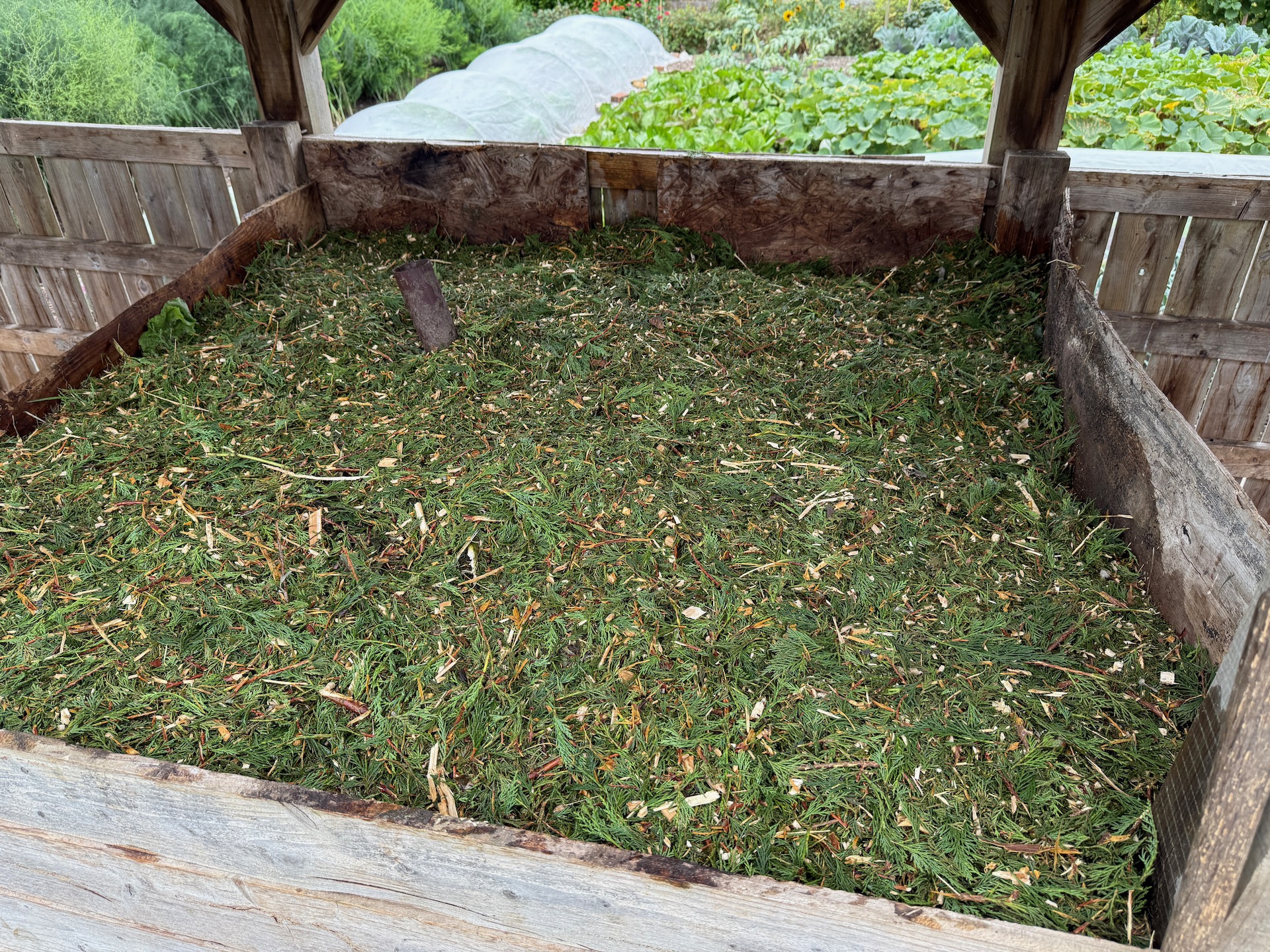
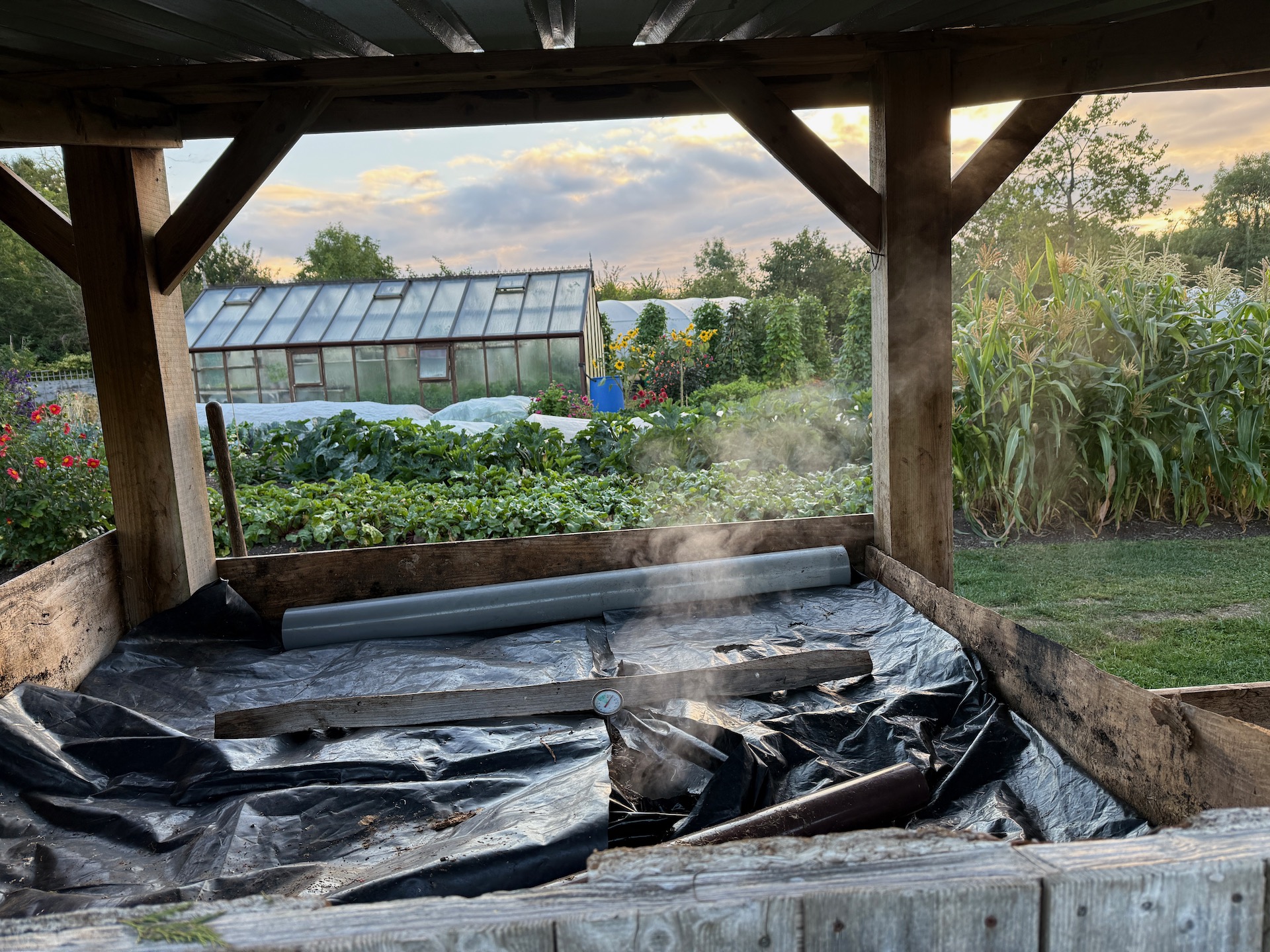
Summer speed
After all these decades, I still find it amazing how fast the growth is of vegetables sown and planted in high summer.
Look at these plants of broccoli at one month old.
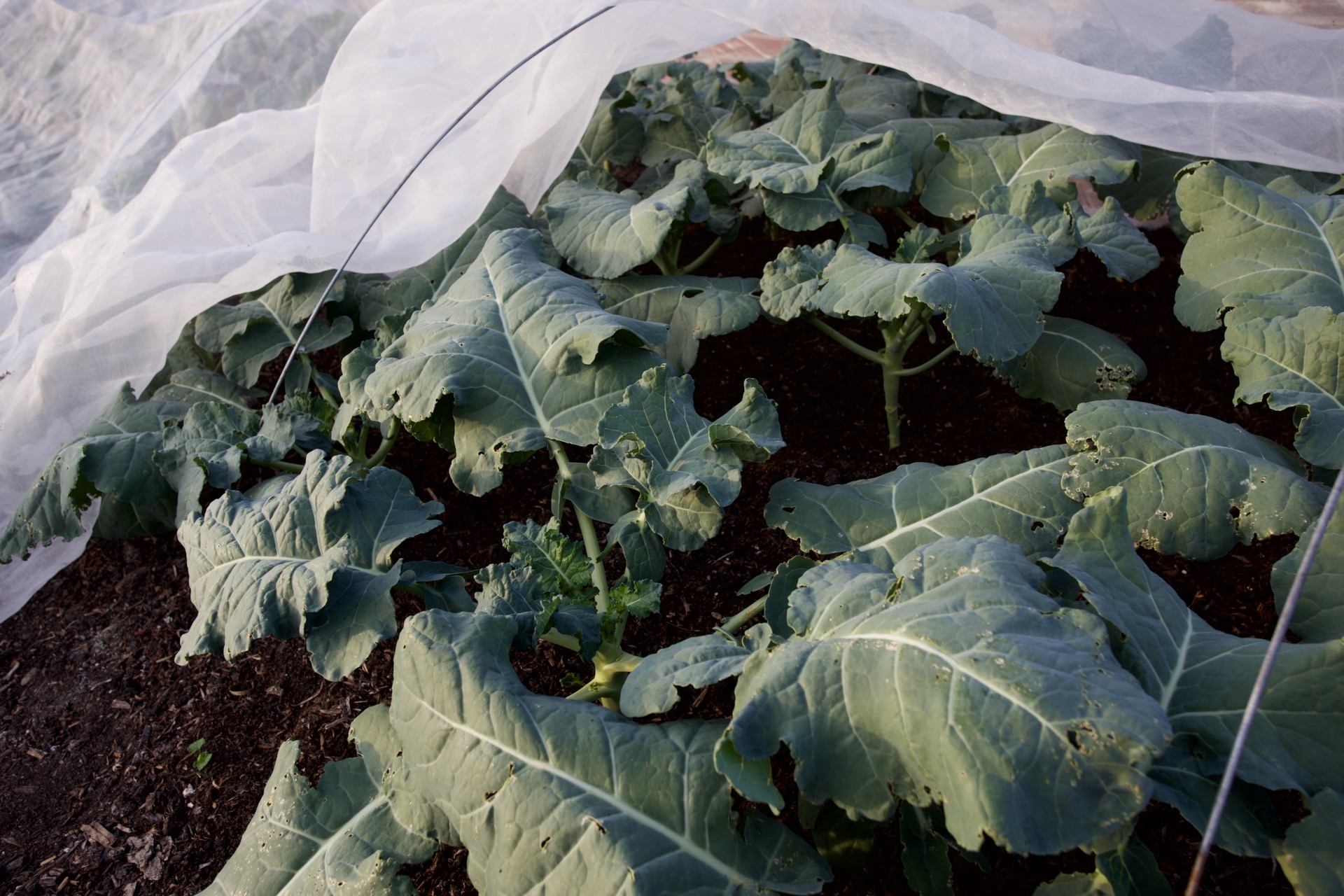
No Dig, new bed at 7 months
During January's frosty weather, we laid cardboard and spread compost on this very weedy ground, full of convolvulus roots, to make a new bed.

Look at the results by August. we have needed to remove frequently the new growth of bind weed. Using a copper trowel, which makes it a lot easier, and is kinder on the soil and compost ecosystem.
Learn more about this bed, and starting no dig, in my Beginners Course.
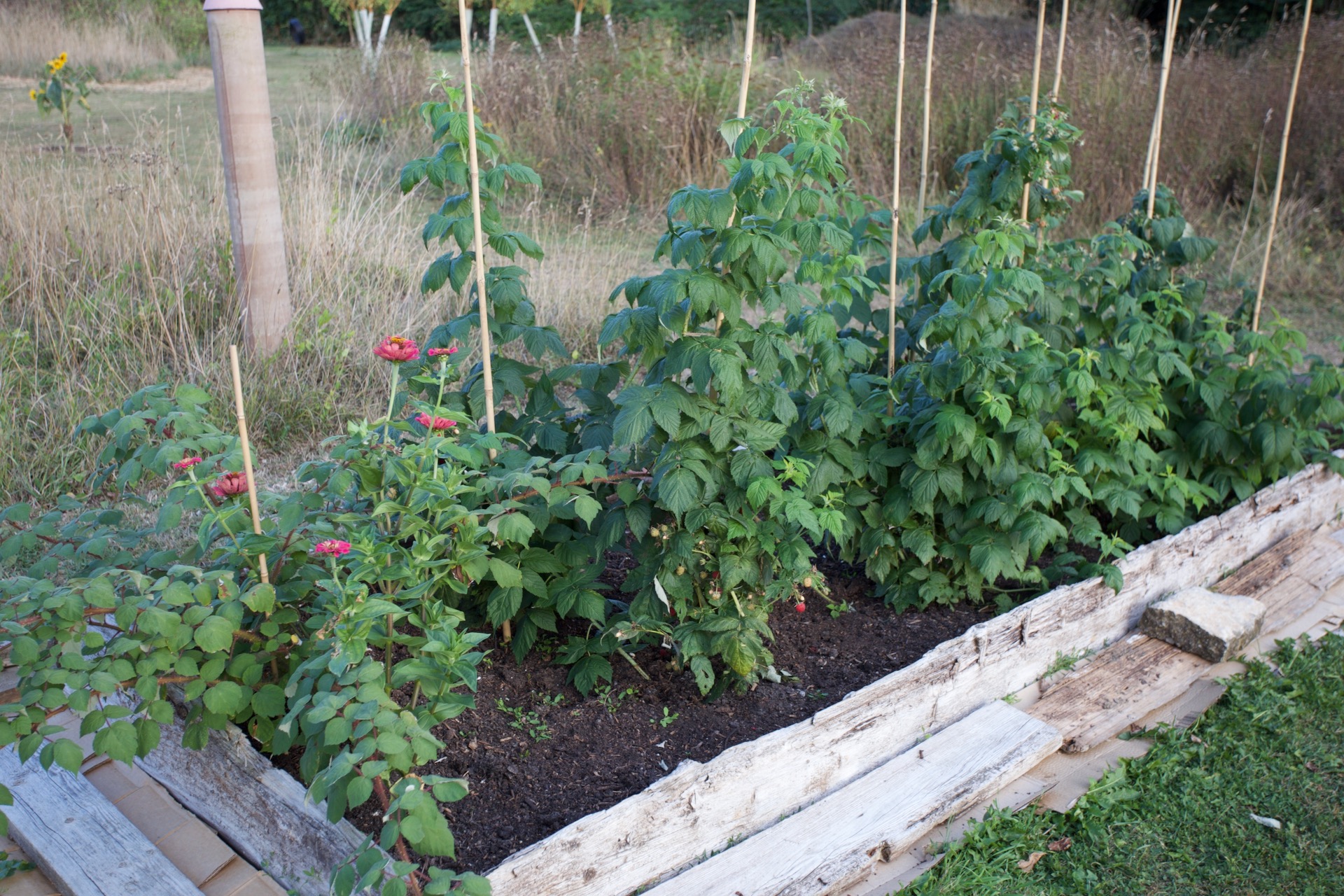
Get Charles's advice in his free newsletter
& 10% off your first order in our shop

